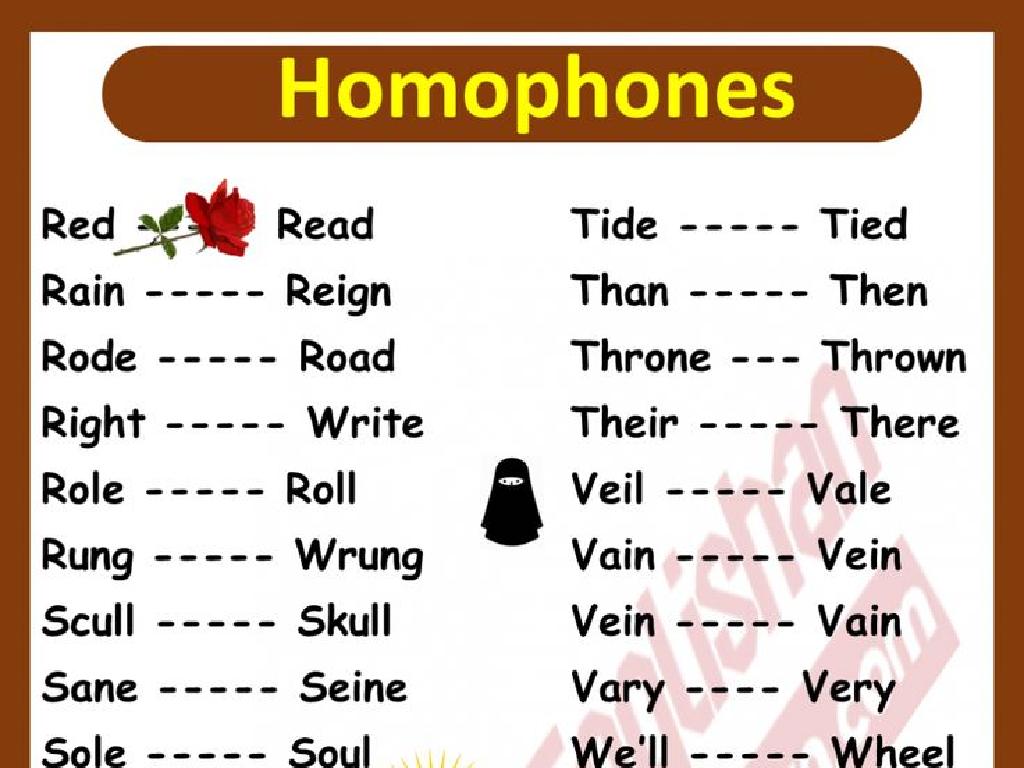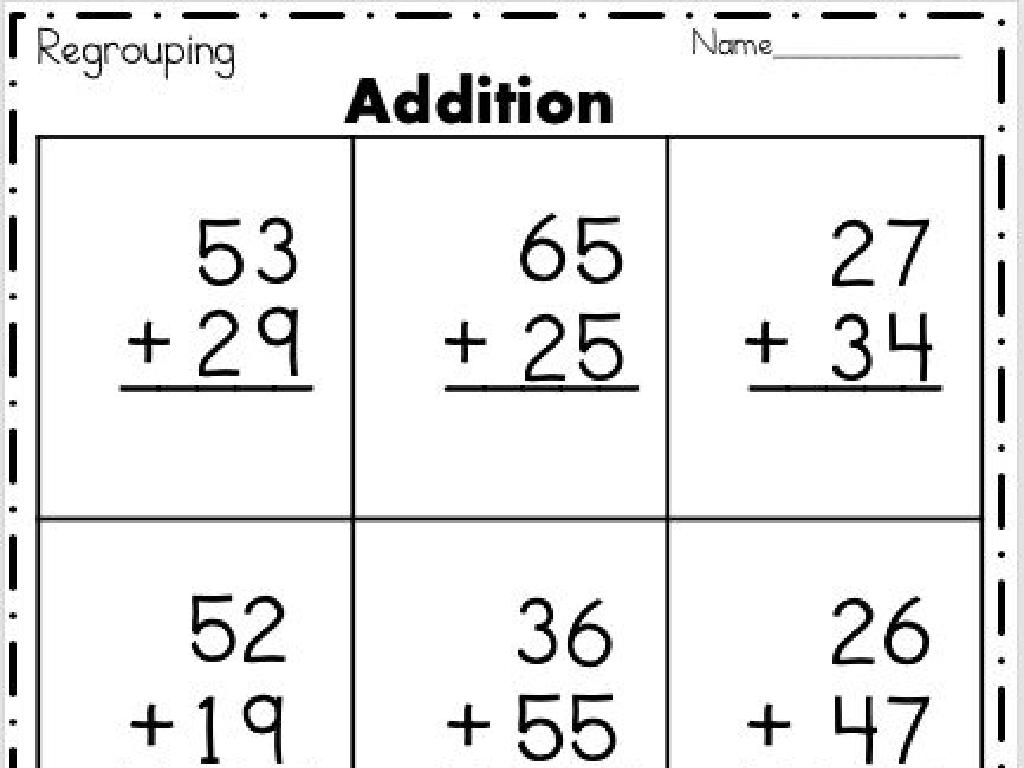Land-Based Empires
Subject: Arts and humanities
Grade: High school
Topic: World History Project Ap
Please LOG IN to download the presentation. Access is available to registered users only.
View More Content
Exploring Land-Based Empires
– Understanding empire power
– Empires control vast lands and impact politics, economy, and culture.
– Significance in world history
– Empires shape civilizations, trade, and cultural exchanges.
– Preview of major empires
– We will look at the Ottomans, Mughals, and Qing dynasties.
– Insights into empire influence
– How empires exert control and their legacies.
|
This slide introduces the concept of land-based empires and their role in shaping world history. Students will learn about the power and influence these empires had over vast territories, affecting political structures, economies, and cultural practices. The significance of empires in facilitating trade, warfare, and cultural exchange will be discussed. We will preview some of the most prominent land-based empires, such as the Ottoman Empire, the Mughal Empire, and the Qing Dynasty, setting the stage for a deeper dive into each. The discussion will also touch on the methods these empires used to maintain control over their territories and the lasting impacts they have had on modern societies. Encourage students to think about the concept of power and governance and how it relates to the modern world.
Characteristics of Land-Based Empires
– Defining empire characteristics
– Core traits include territorial expansion and centralized power.
– Military conquest significance
– Armies expanded territory and enforced control.
– Political structures in empires
– Hierarchies and bureaucracies managed the empire.
– Economic and cultural integration
– Trade networks and policies promoted economic growth; diverse cultures blended within the empire.
|
This slide aims to outline the defining features of land-based empires, which are crucial for understanding their historical significance. Key characteristics include territorial expansion, often achieved through military conquest, and the centralization of power. Political structures, such as hierarchical governance and bureaucratic systems, were essential for managing vast territories. Economic systems, including trade networks and agricultural production, underpinned the wealth of empires, while policies and practices facilitated cultural integration, creating a shared identity among diverse populations. Discuss examples like the Ottoman Empire’s military prowess, the administrative systems of the Qing Dynasty, or the cultural melting pot of the Mughal Empire to provide students with concrete historical contexts.
Case Study: The Ottoman Empire
– Overview of Ottoman history
– Spanning three continents, a rich history from 1299 to 1922.
– Governance of the empire
– A sophisticated system with a sultan, devshirme, and janissaries.
– Ottoman cultural achievements
– Art, architecture, literature flourished with influences across Europe, Asia, Africa.
– Contributions to the world
– Legal codes, trade networks, and religious tolerance shaped global interactions.
|
This slide aims to provide a concise overview of the Ottoman Empire for a high school Arts and Humanities class. Begin with a brief history, touching on the empire’s vast geography which spanned Europe, Asia, and Africa from 1299 until 1922. Discuss the governance structures, including the role of the sultan, the unique devshirme system, and the military-administrative group known as the janissaries. Highlight the empire’s cultural achievements, particularly in art and architecture, such as the Hagia Sophia and the influence of Ottoman literature. Lastly, emphasize the Ottomans’ contributions to global trade, legal systems, and their approach to religious tolerance, which had a lasting impact on world history. Encourage students to consider the complexities of empire and the diverse legacies left behind by such a vast and enduring power.
Case Study: The Qing Dynasty
– Overview of Qing Dynasty’s reign
– Last imperial dynasty of China, known for its expansion and consolidation.
– Social hierarchy and governance
– Structured society with Emperor at top, followed by scholars, peasants, artisans, and merchants.
– Innovations during Qing era
– Introduction of new crops, advancements in printing and the flourishing of arts.
– Cultural developments under Qing
– Flourishing of literature, arts, and Confucian philosophy; expansion of the Great Wall.
|
The Qing Dynasty, ruling from 1644 to 1912, was a period of territorial expansion and consolidation of power in China. This slide will delve into the social hierarchy that placed the Emperor above all, with a rigid structure influencing daily life and governance. Students should examine the role of the civil service exams and the bureaucracy. Highlight the era’s technological and agricultural innovations, such as the introduction of new crops from the Americas, which led to population growth. Discuss cultural developments, including the patronage of the arts, the expansion of the Great Wall, and the impact of Confucian philosophy on Qing culture. Encourage students to consider how these elements contributed to the dynasty’s longevity and eventual challenges.
Comparing Empires: Ottoman vs. Qing
– Similarities between empires
– Both had centralized governments and rich cultural heritages
– Differences: Ottoman vs. Qing
– Ottomans: Islamic empire, expansive trade networks. Qing: Confucian principles, isolationist tendencies
– Impact on world history
– Influenced trade, culture, and politics globally
– Venn diagram class activity
|
This slide aims to compare and contrast the Ottoman and Qing empires, highlighting their similarities and differences. Both empires had significant impacts on world history through their trade, cultural exchanges, and political influence. The Ottoman Empire, with its Islamic roots and extensive trade networks, contrasted with the Qing’s Confucian governance and relative isolationism. The class activity involves creating a Venn diagram to visually organize the comparison, fostering a deeper understanding through interactive learning. Encourage students to participate actively in the discussion and to think critically about how these empires shaped the modern world. Provide a list of key attributes for each empire to assist in the activity, and consider discussing how each empire’s legacy continues to influence current affairs.
The Fall of Land-Based Empires
– Decline factors of empires
– Political corruption, economic issues, and external pressures
– Case study: Ottoman Empire
– Overextension, military defeats, and internal strife led to its fall
– Case study: Qing Empire
– Opium Wars, corruption, and rebellion weakened the dynasty
– Empires’ modern legacy
– Influences on current borders, cultures, and governments
|
This slide examines the reasons behind the decline of land-based empires, with a focus on the Ottoman and Qing empires. Discuss the common factors that contribute to the fall of empires, such as political corruption, economic troubles, and military pressures from external forces. Use the Ottoman Empire as a case study to explore how overextension and military defeats, among other issues, led to its eventual downfall. Similarly, analyze the Qing Empire’s decline due to the Opium Wars, corruption, and internal rebellion. Conclude by discussing the lasting impact of these empires on today’s world, including their influence on modern-day borders, cultures, and political systems. Encourage students to think critically about how history shapes the present and to consider the legacy of past empires in current global affairs.
Role-Play Debate: Land-Based Empires
– Divide into empire groups
– Assign each group a different historical empire to represent
– Debate empire strengths/weaknesses
– Discuss military, economic, cultural strengths and weaknesses
– Reflect on lessons for modern societies
– How can we apply historical insights to today’s world?
|
This class activity is designed to engage students in a role-play debate to explore the strengths and weaknesses of various land-based empires. By dividing the class into groups, each representing a different empire, students will delve into the historical context and significance of their assigned empire. They will prepare arguments and counterarguments, fostering critical thinking and public speaking skills. After the debate, guide students to reflect on the broader implications of empire dynamics and extract valuable lessons that could inform modern societal development. Possible empires for representation include the Ottoman, Mughal, Ming, and Aztec. Encourage students to use historical facts and to think creatively about the application of these lessons in today’s global context.






